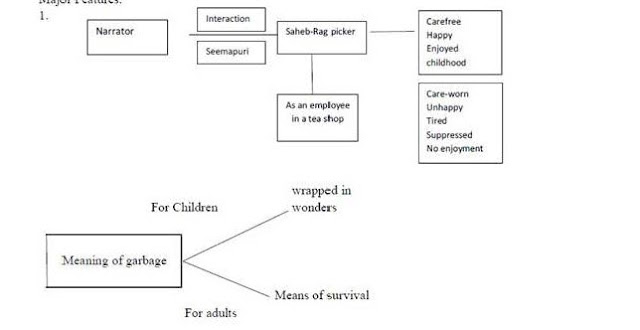My Mother at Sixty Six (Detailed Analysis & Explanation)
Lines 1 – 9
The opening segment of the poem, ‘My Mother at Sixty-Six,’ presents the poet’s realization of her mother’s aging. The poet notices the old appearance of the mother during her car journey from her place to the airport at Cochin. The mother is sleeping with her mouth open. As the car travels, the daughter observes her mother. The mother’s face appears ashen. The pale complexion of the old woman is similar to that of a corpse. The mother looks as old as her age. The thought of the corpse forces the poet to think of her mother’s death. The sleeping form of her mother allows the poet to observe her uninhibitedly. This makes her emotional.
Lines 10 – 13
In these lines, the poem, ‘My Mother at Sixty-Six,’ alludes to the disturbed state of the poet’s mind when she thinks of her mother’s death. She puts the thoughts away. Then, she looks out through the window of the car. She looks at the passing green trees and young children coming out of their homes to play. The world around the poet appears young and energetic. It forms a contrast to the state of her mother. The poet describes the youthful scenery of the world to underscore the mature years of her mother. Furthermore, the scenery distracts the poet for a while during the car journey.
Lines 14 – 20
away, I looked again at her, wan, pale
(…)
but all I said was, see you soon, Amma,
all I did was smile and smile and
smile……"
These lines of the poem, ‘My Mother at Sixty-Six,’ highlight how reality haunts the poet about her mother’s condition. The poet tries to distract herself from her surroundings. But her mother’s appearance pulls her back again during the airport security check. Once again, the poet observes her mother. Her mother looks pale and grey. Then, the poet compares her mother to a winter moon. This highlights that her mother is in the last stage of her life, much like winter. The poet is once again reminded of the mother’s imminent demise.
The thought of her mother’s death brings back the poet’s childhood fears. As a child, the poet was so afraid of her mother’s death. She would never leave her side at any moment. But now, the poet says that the old fears have surfaced again. The poet is now a grown-up woman and she can hide her fears. The daughter (poet!) simply smiles at her mother and bids farewell as she moves towards her flight. The poet says, “See you soon Amma,” and leaves with a smile. The poem concludes by underscoring the optimistic behavior people display towards their loved ones.
Explanation
Firstly, when the poet is on her way to the cochin airport with her old mother sitting beside her, she looks at her closely and presents before us her image. She compares her with a corpse. (simile is a figure of speech to show a comparison between her mother’s face and a corpse.) As she looks at her mother’s pale and pallid face, she is struck with the horror and pain of losing her. The mother with a dozing face and open mouth is compared to a corpse. Here, the poet shows the typical love and affection which is present in a mother-daughter relation.
The poet is pained and shifts her attention outside the car in order to drive out the negative feelings. She changes her sad mood. The scene outside the window is of growing life and energy. The rapidly sprinting trees alongside the merrily playing children symbolize life, youth, and vitality. The poet here is reminded of her own childhood when her mother had been young whereas now she is encircled with the fear of losing her and that has made her insecure.
She is at the airport to take a flight. It indicates departure and separation which creates melancholy. As she bids goodbye to her mother, the image of the old, wan, worn-out mother in the twilight of years strikes her again. Here again, a simile is used to compare her mother with a late winter’s moon whose light is an obstacle by fog and mist As she looks old now, her personality is affected by it. The poet is feeling the pain of separation, leaving her mother, and going. Also, her childhood fear of losing her mother which she feels earlier was temporary but now, could be forever as she could die of old age, is haunting her. She is so pained that it is natural for her to cry but keeping a brave front she hides her tears and smiles. She bids farewell to her mother and keeping her hope of seeing her again alive, says “see you soon, Amma”. She hides her sorrow as she does not want to create a painful environment for her mother and conveys to her that as she is enjoying her life similarly her mother should also be happy and enjoy her life.
The poem revolves around the theme of advancing age and the fear that adheres to its loss and separation. It is a sentimental account of the mother’s approaching end through the eyes of the daughter. The seemingly short poem touches upon the theme of the filial bond between the mother and daughter smeared in the backdrop of nostalgia and fear. The nostalgia of the past (the time spent with the mother) and fear of the future without her.
It is a short poem, without a full stop, the poem is like a long sentence, overflowing thought process. The poet uses the device of comparison and contrast, simile, and repetition.


